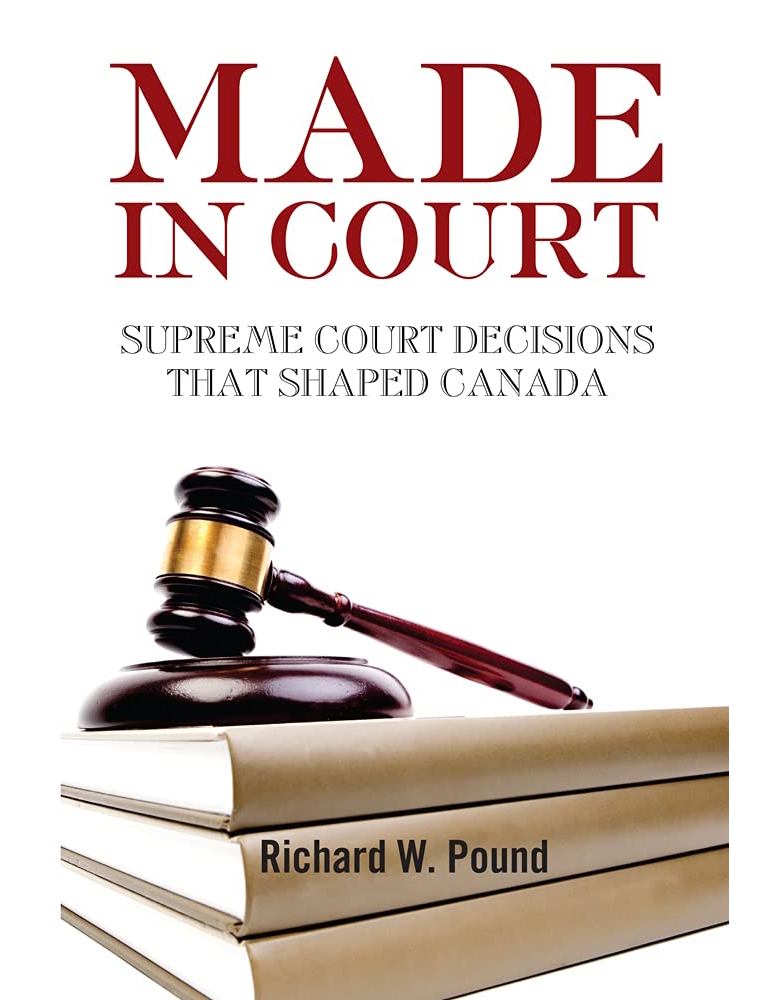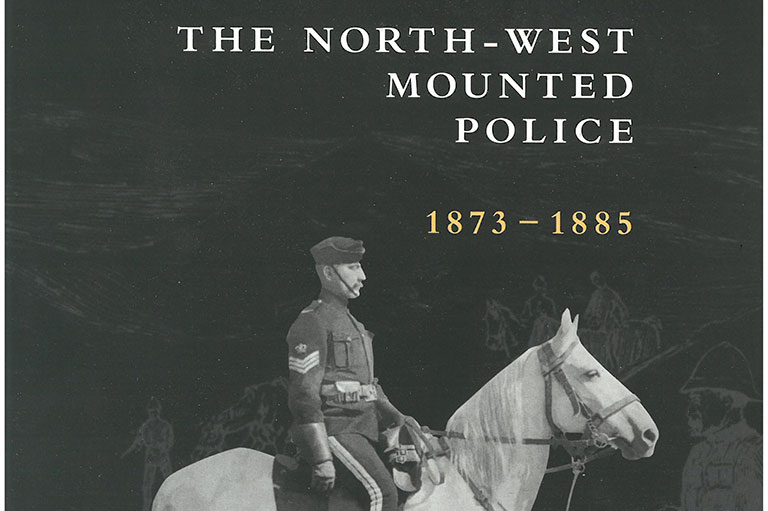On the case: Interview with Dick Pound

Most Canadians know Richard (Dick) Pound for his efforts to eliminate doping in sports. But the former Olympic swimmer is also a respected lawyer and author. His latest book is Made In Court: Supreme Court Decisions that Shaped Canada.
What inspired you to write Made In Court?
I wanted to show some of the many ways the Supreme Court’s decisions affect a broad range of Canadians, who may not be aware of the role the court plays in our day-to-day lives.
How much influence has the Supreme Court had on Canada’s development?
Only a tiny percentage of the cases that enter the legal system … ever get to the Supreme Court of Canada, but those that do are almost always important. Charter cases, criminal cases, Aboriginal rights issues, administrative law, and civil responsibility principles can have far-reaching impacts on Canadian society. What I hoped to show, at least in part, is that our governments, even though they may occasionally disagree with some decisions, have exhibited great confidence in the quality of our judges and have left great discretion to the courts in matters such as, for example, the Charter of Rights and Freedoms, where broad principles have been legislated, but specific applications have been left entirely to the courts to decide, with the Supreme Court of Canada as the final arbiter.
With 7 uniquely curated newsletters to choose from, we have something for everyone.
Advertisement

What surprised you most as you wrote the book?
Probably the obvious sincerity of the efforts of the judges to get the right answers — even when there may have been disagreements between them as to a particular outcome. The disagreements are always respectful and are not personalized, as they often are in the United States Supreme Court.
You wrote Made In Court to be accessible to both lawyers and lay people. Why?
My idea was to present a broad range of cases, old and new, in a manner that would be accessible to non-lawyers. There is not a single footnote in the book. I tried to give a brief background of each case and what the issues were and then to include some excerpts from the judgments, so that the readers could get a sense of how the court approached each problem and also be exposed to legal writing and reasoning.
At Canada’s History, we highlight our nation’s past by telling stories that illuminate the people, places, and events that unite us as Canadians, while understanding that diverse past experiences can shape multiple perceptions of our history.
Canada’s History is a registered charity. Generous contributions from readers like you help us explore and celebrate Canada’s diverse stories and make them accessible to all through our free online content.
Please donate to Canada’s History today. Thank you!
Themes associated with this article
Advertisement




